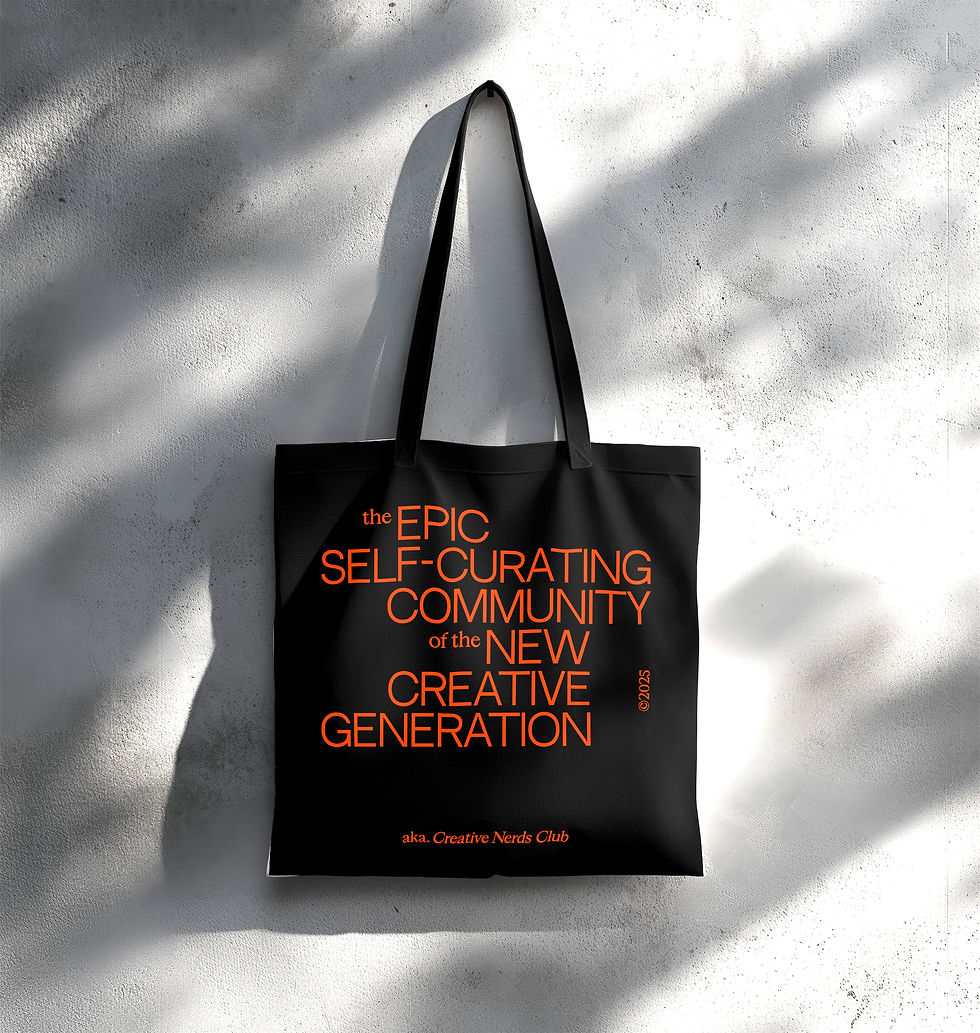The Studio | Ali Berkman
- Onur Çoban

- Aug 8, 2023
- 4 min read


We were at the studio, which is the focal point of lighting designer Ali Berkman's practice centered around creating experiential realms through light and darkness, focusing on spatial perception.
You are a designer who uses light as a material and constructs experiences. For you, this story starts in your father's studio. How was this interest layered for you in the future?
When I worked in my father's atelier and store from a very young age, lighting was a product aimed to be produced and sold rather than a concept design. When I graduated in 2008, I started researching how to improve my father's lighting business with design and engineering, and I learned that there is a specialty called "lighting design." Then I attended a workshop in Sweden on this subject, and for the first time in this workshop, I witnessed that lighting design is not a product-oriented concept, it can change the perception of space and people with the balance of light and darkness and I decided to specialize in this subject.

In which ways do your impressions between light and human relationships evolve into new ideas?
I observe this relationship continuously by including the experience of space. Observing people's interactions with light and darkness and understanding their behavioral psychology in exchange with light has a significant share in emerging new ideas. I think that light design also transforms cultural and social identity. For this reason, it is crucial to constantly observe different geographies and places and experience the space experienced by the same people as a user. On the other hand, changing/transforming technologies significantly impact daily life and experience. For this reason, changing behaviors and habits should also be constantly observed. Using technology efficiently in observation and research is valuable in forming new ideas.
As someone who works on creating spatial perception, do your inspirations knock on your door independently of the data?
This issue may vary according to the project typology. In museum/exhibition spaces or store/retail works, getting inspiration or acting independently of data can negatively affect the result, but in all other typologies, we do a lot of research and try to observe and experience similar spaces. In this process, we structure the conceptualization by having brainstorming sessions with the whole team occasionally. Sometimes during the concept design phase and sometimes during the implementation process, original ideas may emerge during site visits. The creative process can occur through the balanced harmony of data and original ideas that focus on user needs and experience.
What stages does your practice of creating experience spaces go through in the work you carry out in your workshop?
Since lighting design is an area of specialization at the intersection of many disciplines, such as architecture, interior architecture, landscape architecture, and engineering, the process starts with a detailed brief by meeting with all fields from the beginning. To get the brief in detail from different disciplines and users, we organize a workshop by creating a comprehensive question-and-answer list. This workshop aims to create a concept by understanding the user habits, the physical, design, and conceptual constraints and needs of the space, and by constructing the relationship between light and darkness with all these inputs. During the concept phase, we carry out many light tests with the whole team, physically in the space or office where the project is located, to experience light and darkness in the context of this concept. The Lighting Design concept is usually the project's most critical and time-consuming part. Afterward, strengthening the lighting concept with light calculations, technical drawings, product selections, and technical specifications is the second necessary process that takes much longer and enables the project to come to life. The third critical phase is the 'Fine tuning' process. After the implementation of the project is completed and all disciplines are separated, we, as a team, complete the directional settings of all light sources in the space, program the light scenarios of different periods from the space through a lighting automation system, and deliver them to the user of the space.

"The visual hierarchy formed by the synthesis of light and darkness allows me to observe many disciplines around me in the context of 'existence/destruction' felt by these concepts."
How does thinking of light and darkness, two contrasting concepts, transform your aesthetic tastes in other disciplines?
Living my whole life with the existence of these two abstract concepts, which cannot exist without each other, definitely affects me while observing all the disciplines around me. The visual hierarchy formed by the synthesis of light and darkness leads me to follow many disciplines around me in the context of "existence/destruction" felt by these concepts. The field where I feel this the most is photography by its very nature. The dominant effect created by the imbalance of shadow and darkness in a dramatic space and the atmosphere in a "white cube" gallery where the shadows do not exist with the dominance of light can also be impressive. My eyes look for this dilemma and contrast while analyzing many disciplines aesthetically.
How do Dyson technologies contribute to making your office an ideal space for creativity?
The Dyson Solarcycle Morph series, in particular, increases the efficiency in the workspace thanks to its transformation according to the daylight in our location, thus changing the light level and color temperature at different times of the day. Making all the changes through the mobile application provides excellent ease of use. When I get tired of meetings during the day and take a break, I can turn the hood into an ambient lamp and thus create a relaxing environment with reduced blue light.
The Dyson Purifier Hot+Cool Formaldehyde air purifier improves air quality in a crowded office environment. Being able to control it via the MyDyson™ app or voice command is a vital convenience during the day.








































